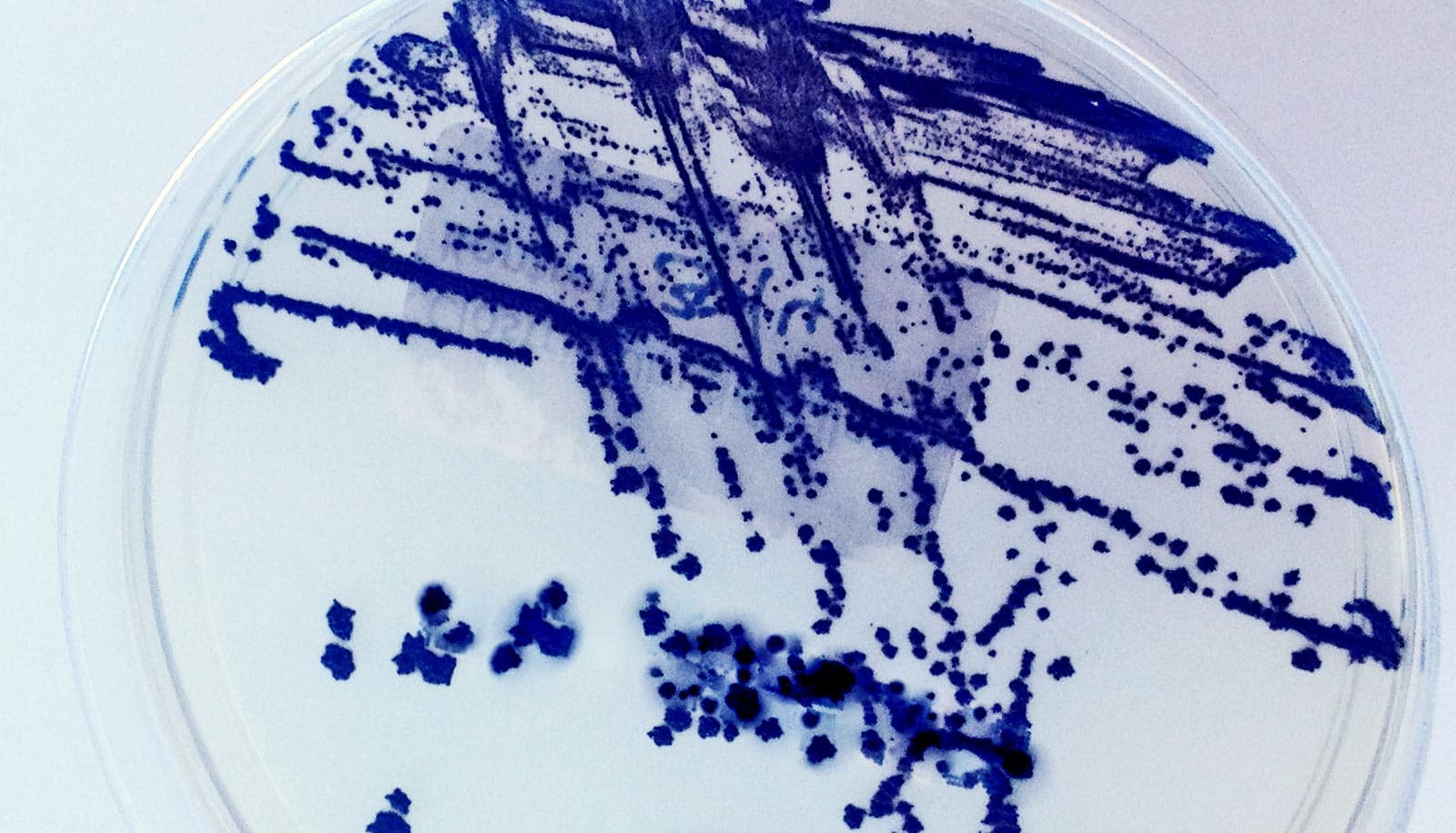A new weapon may be an effective way to combat fire blight, a plant disease caused by the bacterium Erwinia amylovora that can be deadly to pear and apple trees. If a tree is affected, it usually has to be cleared and burned.
The pathogen that causes fire blight is difficult to control. In exceptional cases, farmers can use the antibiotic streptomycin, but even this can’t prevent the pathogen from disseminating via pollinating insects.
The control strategy uses a bacterial virus (bacteriophage) designated Y2 that exclusively infects the fire blight pathogen, and equips it with additional genes, allowing researchers to create a highly effective and specific weapon against the pathogen.
The native form of Y2 is a natural Erwinia killer, but it is unable to adequately penetrate the thick slime layer that protects the bacterium. In fact, the carbohydrate slime is so tough that it clogs the vascular system of plants, causing flowers and leaves to wither.
But, this doesn’t prevent another bacteriophage, L1, from attacking Erwinia. L1 has particular enzymes which can dissolve the mucus efficiently. However, it is not as effective in killing the fire blight pathogen.
Saving the American chestnut is ‘just a matter of time’
Incorporating the gene for this enzyme from L1 into the Y2 phage creates a genetically modified variant that combines the properties of both: it’s able to dissolve its mucus layer efficiently, and is highly lethal to the Erwinia bacterium.
As soon as Y2 enters the bacterium, it starts to proliferate on a massive scale. It dissolves the bacterium from the inside out, freeing itself to attack further bacteria. Mucus-dissolving enzymes enter the environment in large quantities, which accelerates the degradation of the mucus layer on further bacteria and thus facilitates their infection. The destructive process then rapidly progresses.
“The optimized bacteriophage proved to be very effective against the fire blight pathogen, not only in the laboratory but also in infected apple blossoms,” says Martin Loessner, a professor at ETH Zurich and author of the paper in Applied and Environmental Microbiology. The tests involved infected plant material in safety-level greenhouses. Field tests have not taken place: “Fire blight is one of the worst plant diseases; you cannot experiment in the field.”
Light-up blight
The researchers not only created a bacterial killer, but also used another gene to produce a second Y2 variant that helps to detect the fire blight pathogen. The gene lights up bacteria when infected by the bacteriophages. The light can then be measured easily and used for specific detection of the pathogen.
Wet weather lets bacteria build watery home in plants
This method is fast and reliable, as well as sensitive: “With the help of our sensor phages, a few thousand infected bacteria are sufficient to directly detect fire blight,” Loessner says. Previous detection methods were much slower, less sensitive, and occasionally provided false results. Because the Y2 sensor phage infects only Erwinia, this doesn’t happen with the new assay. High specificity as the basis for Salmonella detection.
Salmonella detector
Further, the researchers made use of the fact that bacteriophages can be host-specific in another way: to detect Salmonella. In a second paper, published in the same journal, they showed how they used synthetically produced bacteriophage components to develop a universal detection method for Salmonella. It means that all 2,500 known sub-types can be detected; previous methods based on antibodies recognized only a fraction of these variants and were also slower.
Loessner’s team reproduced a particular component of the Salmonella-specific bacteriophage S16. This component–a virus tail fiber–features a spherical terminal binding protein that can adhere to two specific surface structures of all Salmonella types. The artificial tail fiber, along with the recognition structure, has been attached to the surface of microscopically small magnetic beads.
This allows almost any fluids and samples to be tested for the presence and quantity of Salmonella. As soon as the bacteria binds to the fibres on the magnetic beads, a kind of rusty aggregate forms in the test container, which can be separated easily using an external magnet.
Source: ETH Zurich



